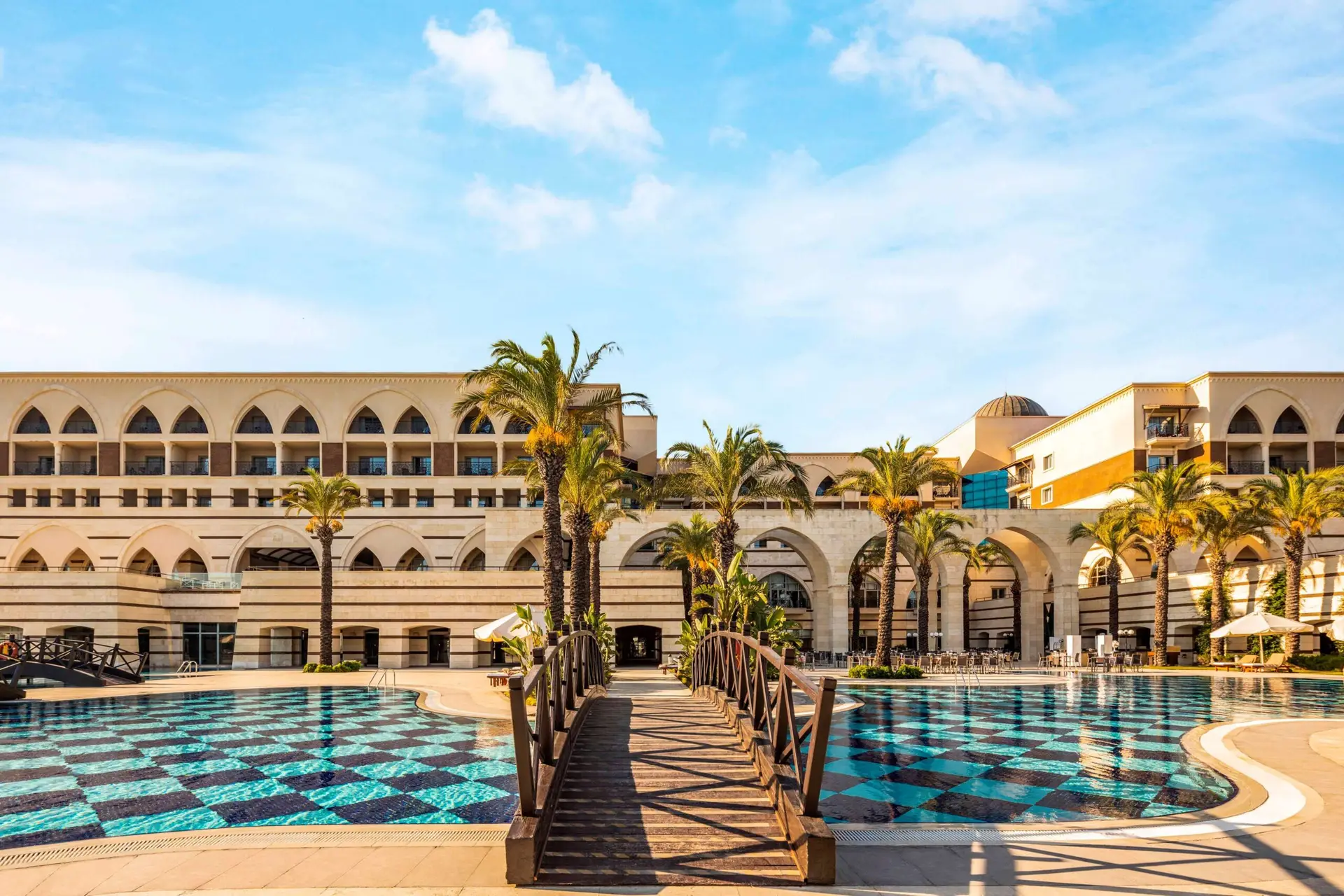Cocos (Keeling) Islands
WELCOME TO Cocos (Keeling) Islands
Territory Overview
Cocos
14 km2
600
English
Popular
Geography and Tourist Attractions
Information about the state's tourist attractions, including popular destinations, events, and activities.
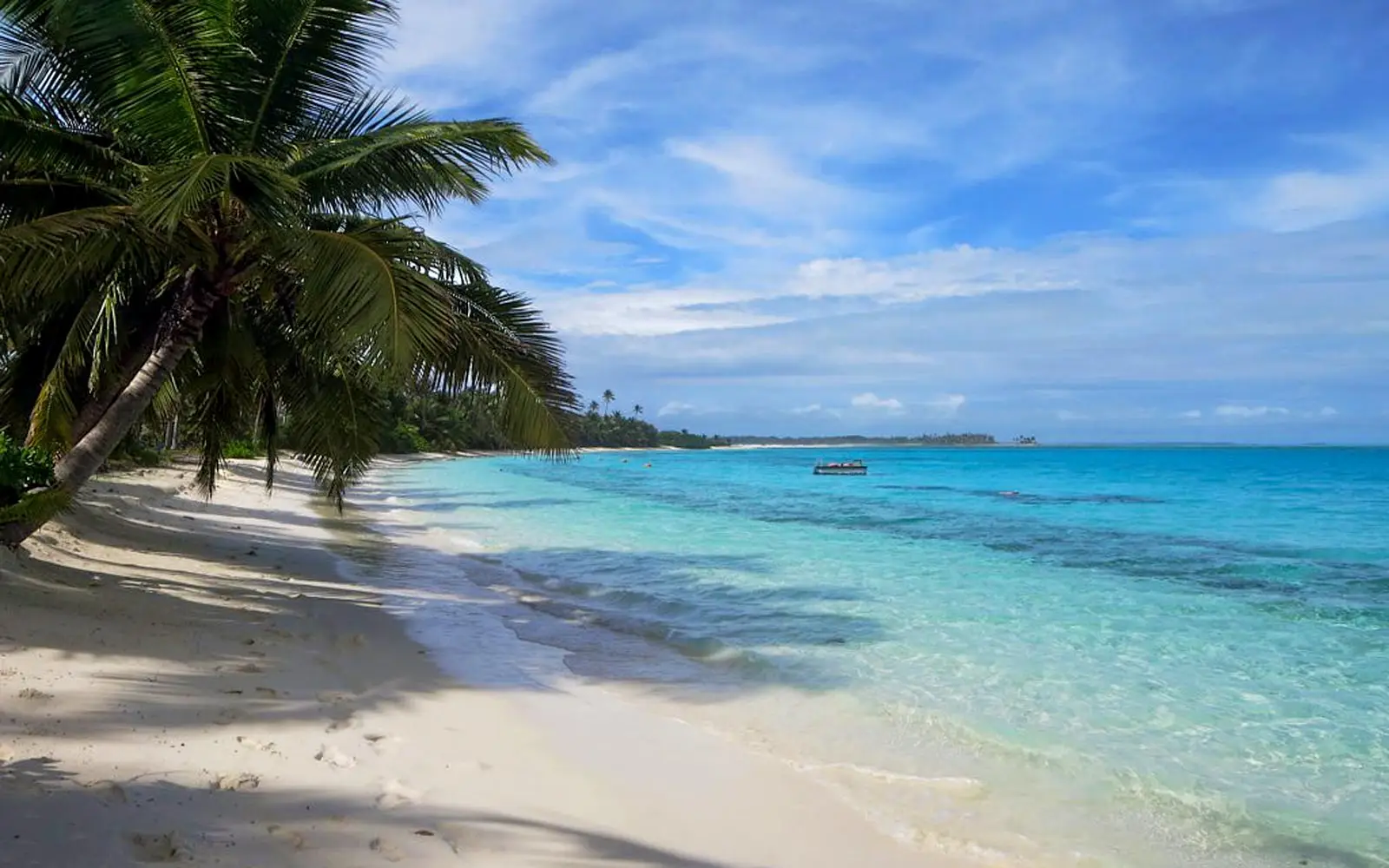
Cossies Beach
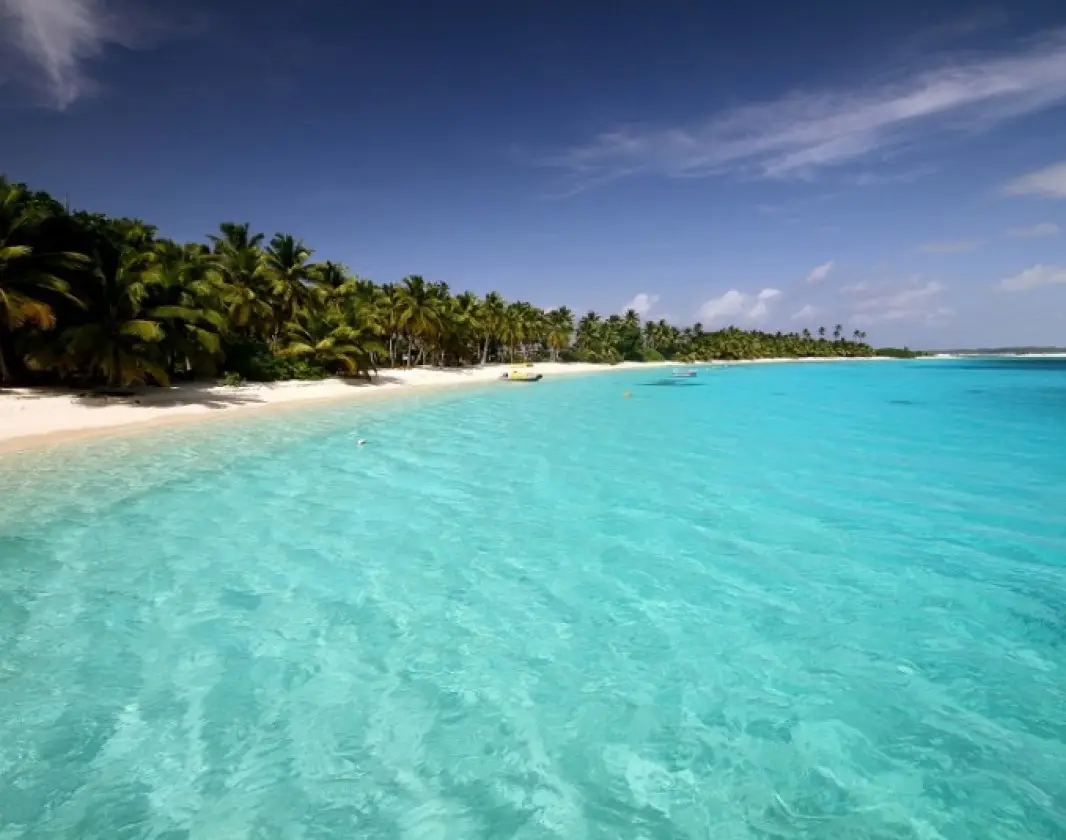
Direction Island
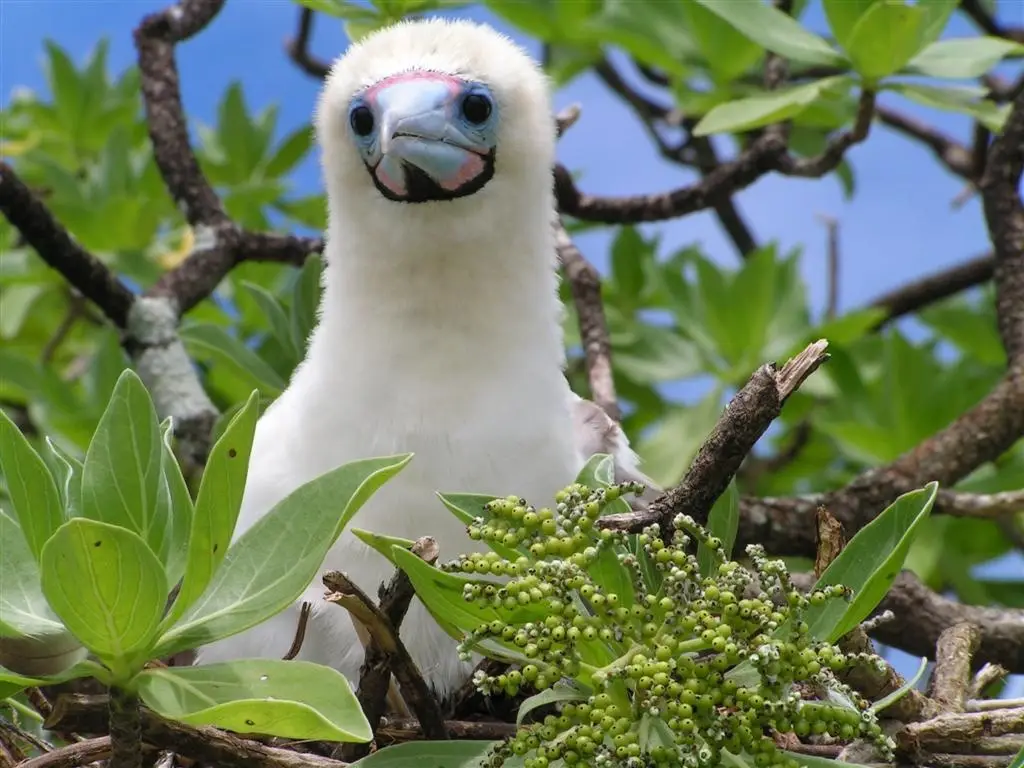
Pulu Keeling National Park
Political
Economy and Government
The Cocos (Keeling) Islands, as an external territory of Australia, have a unique economic and governance framework. The economy of the Cocos (Keeling) Islands is primarily driven by government support, tourism, and coconut-related industries.
The Australian government provides financial assistance to the territory, ensuring the provision of essential services, infrastructure development, and maintaining the islands' environmental and cultural heritage. The local economy also relies on tourism, as visitors are drawn to the islands' pristine beaches, marine life, and natural beauty.
Coconut-related industries, including copra production and coconut crafts, play a significant role in the local economy. These industries capitalize on the abundance of coconut trees on the islands.
The governance of the Cocos (Keeling) Islands is overseen by the Australian government through the Department of Infrastructure, Transport, Regional Development, and Communications. The government works closely with the local community to address their needs and manage the territory's affairs.
As an external territory, the Cocos (Keeling) Islands do not have an elected government. Instead, they are governed by an Administrator appointed by the Australian government. The Administrator ensures the smooth functioning of the territory, represents the Australian government's interests, and fosters community engagement.
Efforts are made to balance economic development with environmental conservation and the preservation of the islands' unique cultural heritage. The government works collaboratively with the local community to promote sustainable practices and protect the natural resources of the Cocos (Keeling) Islands.

History
History and Culture
The history and culture of the Cocos (Keeling) Islands, located in the Indian Ocean as an external territory of Australia, are deeply rooted in its diverse heritage and rich traditions.
The islands have a fascinating history that intertwines Indigenous settlement, European exploration, and the development of coconut plantations. The original inhabitants of the islands were the Cocos Malay people, who were brought to the region as laborers during the 19th century. Their descendants form a significant part of the local population today and have contributed to the islands' unique culture.
The Cocos (Keeling) Islands also played a strategic role during World War II, with the islands being occupied by Allied forces to establish a military base. The remnants of wartime structures can still be seen on the islands.
The culture of the Cocos (Keeling) Islands is a vibrant blend of Malay, European, and Indigenous influences. The Cocos Malay community has preserved their language, traditions, and customs, which are celebrated through festivals, traditional music, dance, and cuisine.
The islands' cultural heritage is showcased through art and handicrafts, including intricate weaving, woodcarving, and traditional boat-building. Visitors to the islands have the opportunity to engage with the local community, participate in cultural events, and gain insights into the rich tapestry of the Cocos (Keeling) Islands' history and culture.
Efforts are made to preserve and promote the islands' cultural heritage, with initiatives focused on education, language revitalization, and the sustainable development of tourism that respects and celebrates the local traditions.
The Cocos (Keeling) Islands offer a unique blend of history and culture, providing visitors with a glimpse into the past while embracing the vibrant cultural mosaic that defines the islands today.
HOTELS

Cocos Village Bungalows
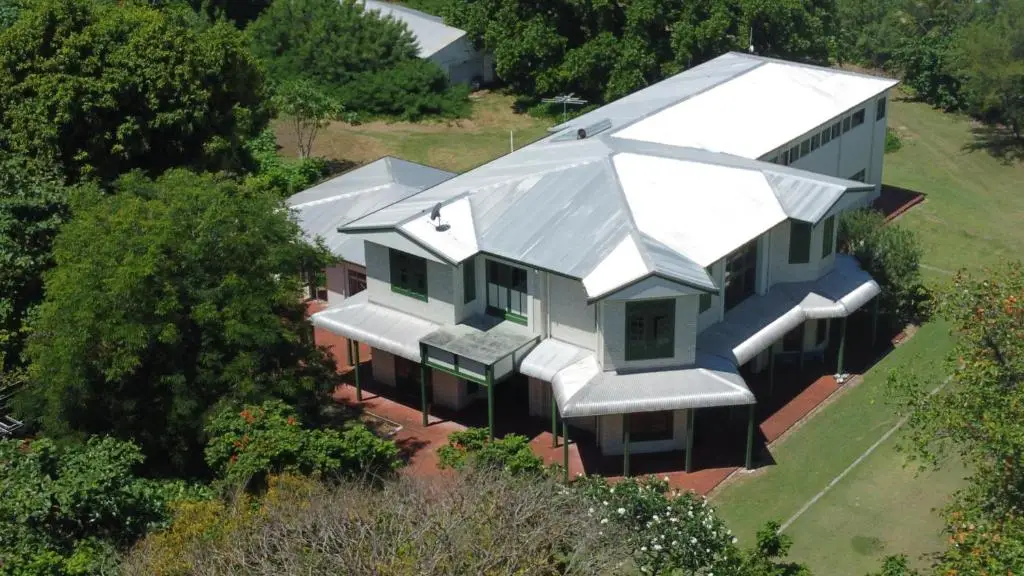
Oceania House
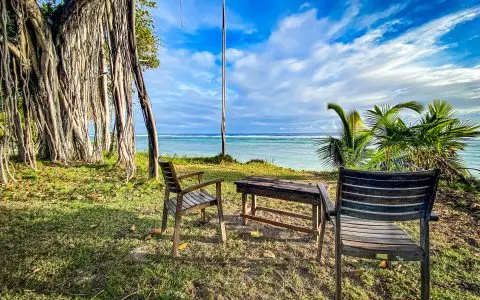
Cocos Castaway
RESTAURANTS

Trattoria Il Tramonto
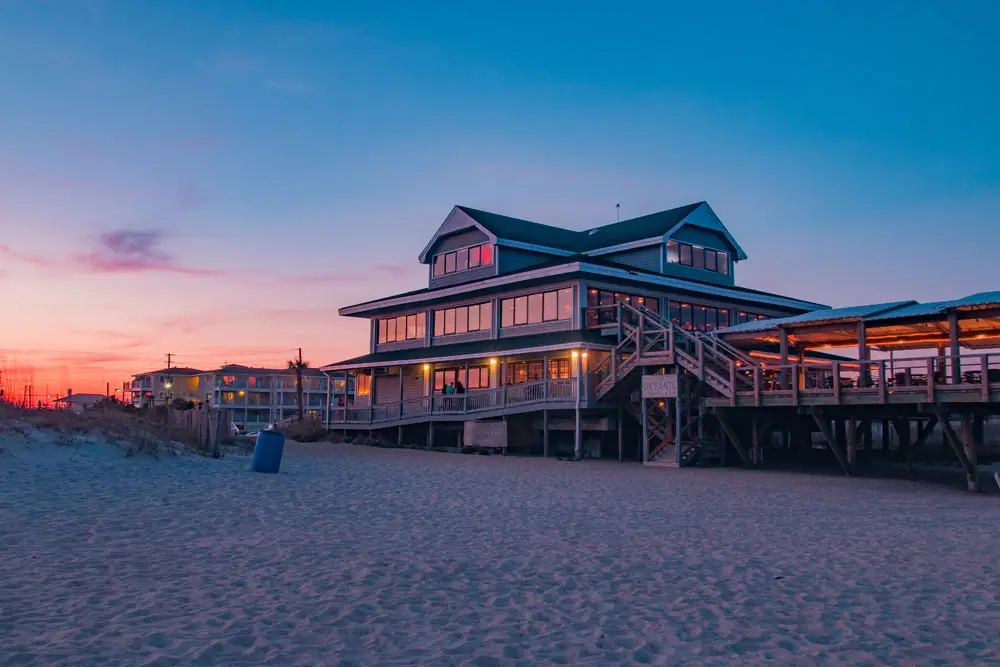
Oceania House Restaurant
